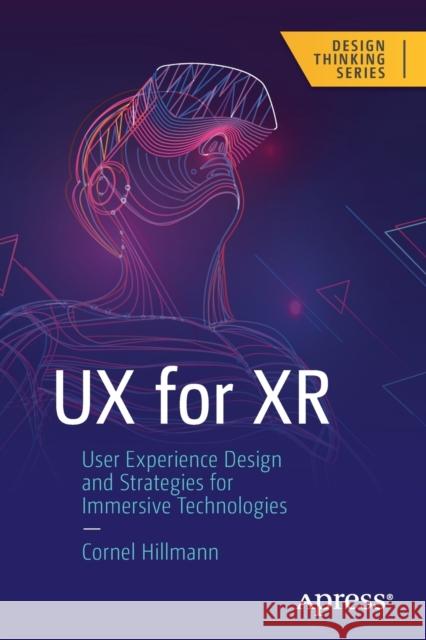UX for Xr: User Experience Design and Strategies for Immersive Technologies » książka
topmenu
UX for Xr: User Experience Design and Strategies for Immersive Technologies
ISBN-13: 9781484270196 / Angielski / Miękka / 2021 / 255 str.
Kategorie:
Kategorie BISAC:
Wydawca:
Apress
Seria wydawnicza:
Język:
Angielski
ISBN-13:
9781484270196
Rok wydania:
2021
Numer serii:
000888883
Ilość stron:
255
Waga:
0.39 kg
Wymiary:
23.39 x 15.6 x 1.5
Oprawa:
Miękka
Wolumenów:
01
Dodatkowe informacje:
Wydanie ilustrowane











